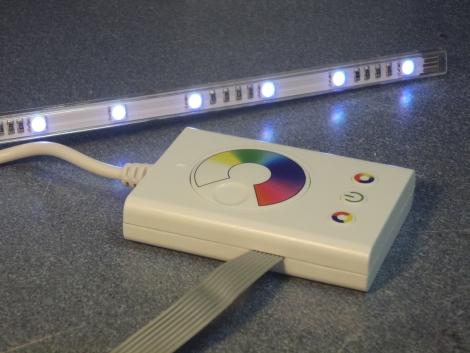

If you him the Grim Reaper, Azrail, Magere Hein, or simply, ‘Death,’ he sure throws a good party. [Victor] has an anatomical model of a skeleton at his job named [Hein], and for his birthday party, his coworkers decided to throw [Hein] a party.
[Victor]’s first skeleton-based build was last summer. The twinkle of the summer sun in [Hein]’s eye socket made for a great occasion to dress the skeleton up in some summer garb. [Hein] was dressed in a fashionable Hawaiian shirt and put in a window along a corridor. Of course, a skeleton is no good if there’s no element of surprise, so [Hein] held disposable camera that flashed every time someone walked by.
[Hein]’s birthday spectacular required something a bit more shocking. A blowout whistle was added to [Hein]’s mandible. With a PIR sensor and a TI Launchpad, [Hein] was commanded to blow the whistle every time someone walked by.
[Victor]’s builds may not have the shock value – or even be as scary as Halloween necessitates – but he’s got a few good ideas for what could become a great yard display. Check out the video after the break to see [Hein] greeting [Victor]’s coworkers.










